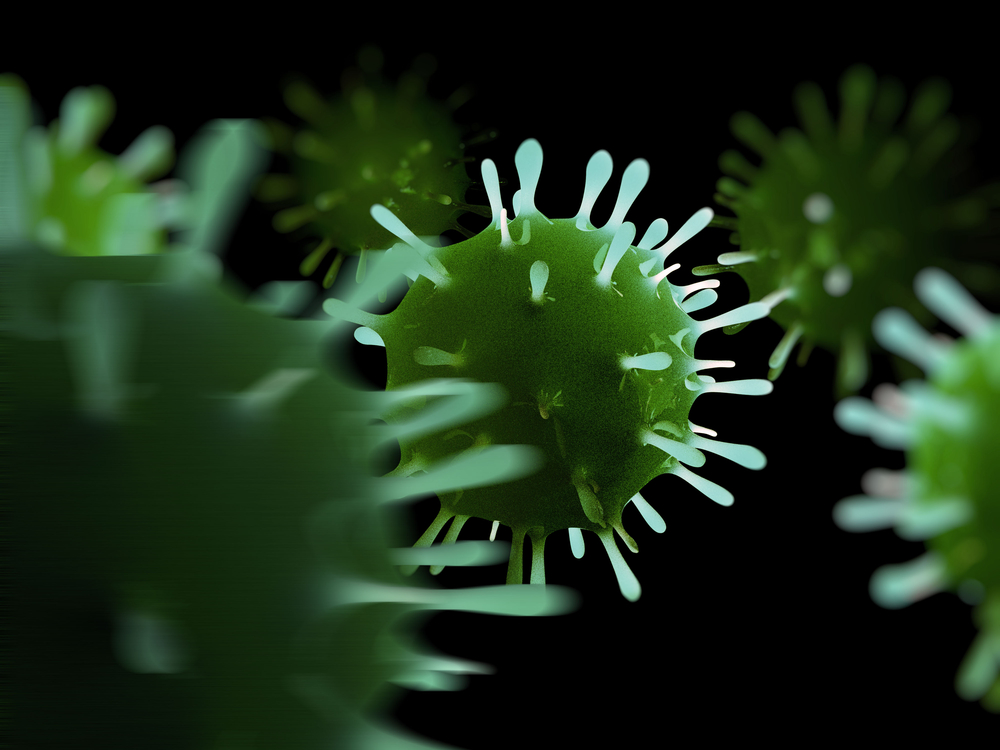Results from a recent study published in The Lancet Oncology combined data from two large phase 3 trials and revealed that a single dose of the bivalent human papillomavirus (HPV) vaccine (Cervarix, GlaxoSmithKline) could offer an identical protection in HPV-16/18 infections, a condition related with 70% of all cervical cancers, as the current two- and three-dose schedules.
“Our findings question the number of HPV vaccine doses truly needed to protect the majority of women against cervical cancer, and suggest that a one-dose schedule should be further evaluated. If one dose is sufficient, it could reduce vaccination and administration costs as well as improve uptake. This is especially important in less developed regions of the world where more than 80% of cervical cancer cases occur,” said in a recent news release co-lead author Dr. Aimée Kreimer from the National Cancer Institute (NCI), National Institutes of Health, USA.
There is some evidence to suggest that one or two doses of the HPV vaccine provides similar protection to the three-dose regimen. In their study titled “Efficacy of fewer than three doses of an HPV-16/18 AS04-adjuvanted vaccine: combined analysis of data from the Costa Rica Vaccine and PATRICIA trials” the researchers evaluated HPV-16/18 vaccine’s efficacy in both full and naive cohorts, exploring the level of protection conferred against non-vaccine HPV types, by number of doses received.
The team conducted a post-hoc analysis combining data from the CVT that included 7466 healthy women aged 18-25 years old and the Papilloma Trial against Cancer in Young Adults (PATRICIA) in 18644 healthy women aged 15-25 years from Asia-Pacific, Europe, Latin America, and North America. Women in both trials were randomly assigned to receive the HPV-16/18 vaccine or a control (hepatitis A) vaccine, given in three doses: at enrolment, 1 month, and 6 months.
The researchers assessed vaccine efficacy against incident HPV-16/18 infection in the total vaccinated cohort and found that for three doses the efficacy level was of 77·0%, for two doses of 76·0%, and for one dose of 85·7%.
For HPV-31/33/45 infections the efficacy of one, two and three doses was of 36·6%, 37·7% and 59·7% respectively. For HPV-16/18 infections, vaccine efficacy for two-dose women receiving their second dose at 1 or 6 months was of 75·3% and 82·6%, respectively.
Based on their results, the team concluded that after 4 years, women aged 15–25 years who were vaccinated with one and two doses of the HPV-16/18 vaccine were protected against cervical HPV-16/18 infections in a similar way to those who received a three-dose schedule. These data argue for a direct assessment of one-dose efficacy of the HPV-16/18 vaccine.
Dr. Cosette Wheeler, co-lead author from the University of New Mexico Health Sciences Center, Albuquerque, explained that, “Using existing data, we showed that a single dose of the bivalent HPV vaccine may be sufficient to substantially reduce cervical cancer incidence. Yet, a new randomised study will be needed to confirm these findings and move the field forward. Additionally, duration of protection from a single dose must be demonstrated beyond 4 years.”
Dr. Julia Brotherton from the Victorian Cytology Service Registries, Melbourne, Australia commented, “If HPV vaccines could be delivered as one dose, while retaining their efficacy against the most oncogenic HPV types 16 and 18, the global burden of cervical cancer would substantially decrease. Data from studies have shown how effective one-vaccine dose campaigns can be in even the most resource-poor settings (eg, meningitis A vaccines in sub-Saharan Africa). We can imagine that such campaigns could happen every 5-10 years with the aim of vaccination of, for example, all 9-14 year old girls with one dose of the HPV vaccine. This campaign would not need ongoing resources to sustain annual vaccination programmes against HPV in settings with many pressing health priorities and small numbers of health-care workers.”

